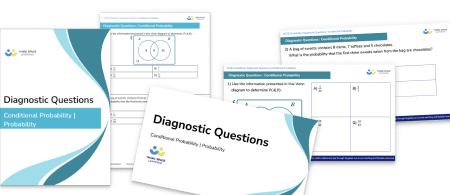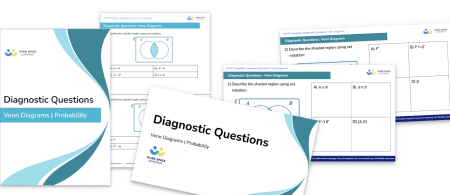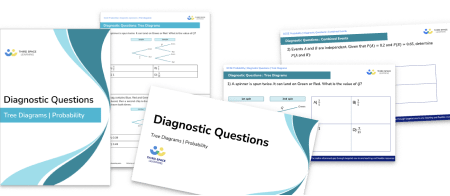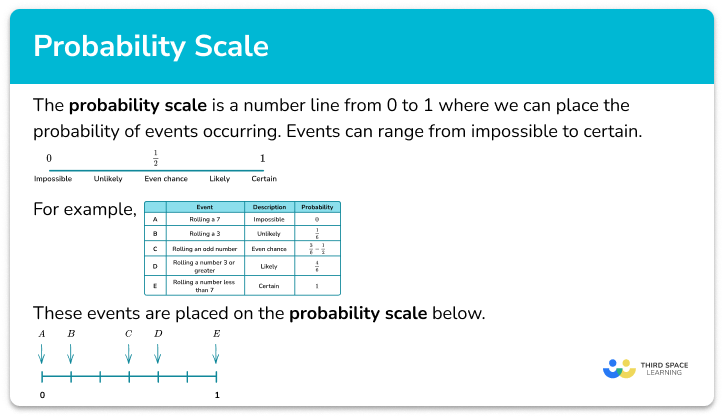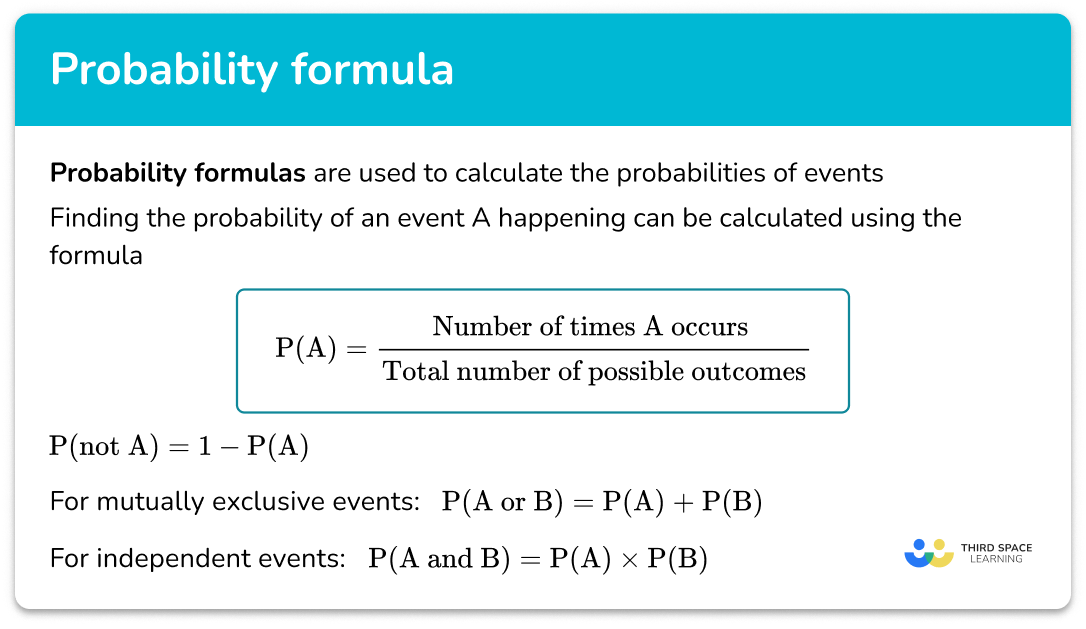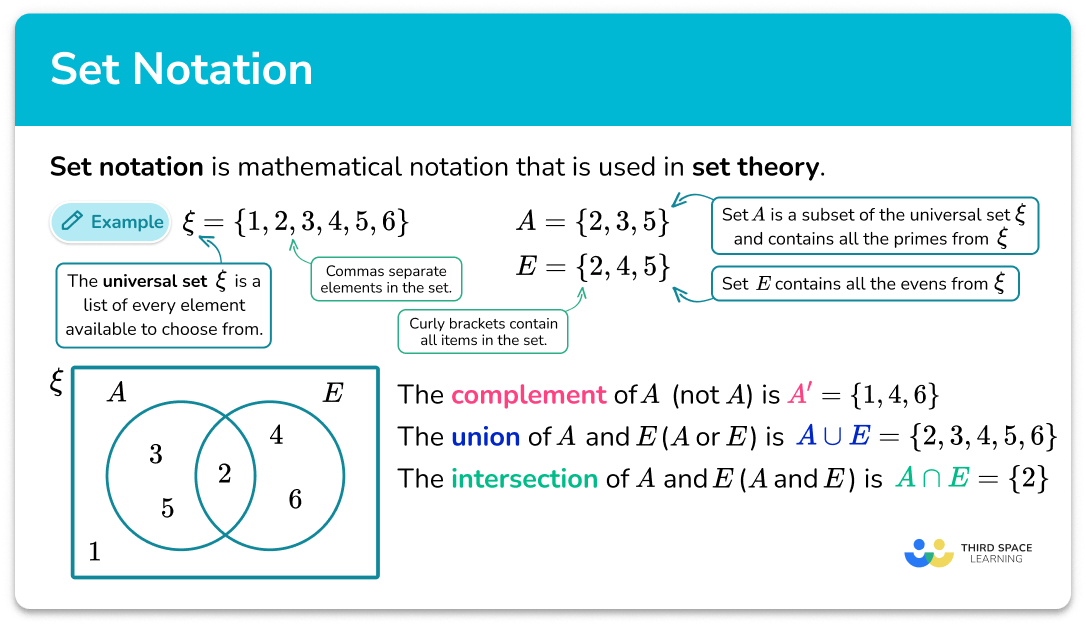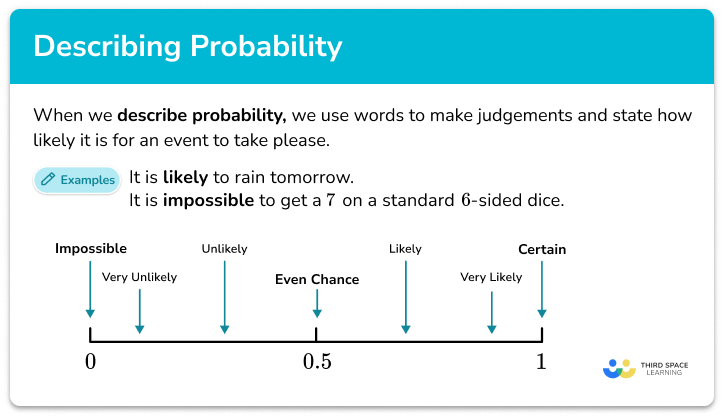FREE DOWNLOAD
Product Rule For Counting Worksheet

Help your students prepare for their Maths GCSE with this free product rule for counting worksheet of 20+ questions and answers
- Section 1 of the product rule for counting worksheet contains 20+ skills-based product rule for counting questions, in 3 groups to support differentiation
- Section 2 contains 4 applied product rule for counting questions with a mix of worded problems and deeper problem solving questions
- Section 3 contains 3 foundation and higher level GCSE exam style product rule for counting questions
- Answers and a mark scheme for all product rule for counting questions are provided
- Questions follow variation theory with plenty of opportunities for students to work independently at their own level
- All questions created by fully qualified expert secondary maths teachers
Suitable for GCSE maths revision for AQA, OCR and Edexcel exam boards
Unlock access to download your free resource
You can unsubscribe at any time (each email we send will contain an easy way to unsubscribe). To find out more about how we use your data, see our privacy policy.
Product rule for counting at a glance
The product rule for counting is a way of working out how many different possible outcomes there are for two or more events. The product rule states that the total number of outcomes of two or more events is equal to the number of different outcomes for each separate event multiplied together. For example, if a restaurant serves 3 starters, 6 main courses and 2 desserts, the total number of ways of choosing a starter, main course and dessert would be 3 ✖ 6 ✖ 2 = 36.
If we are asked to list all of the possible outcomes when two or more events occur, it is best to use a systematic listing strategy. This helps us to ensure we list all of the possible combinations and avoid duplication.
There are many real life contexts for using the product rule for counting, especially with security. A standard padlock usually has four wheels, each with the digits 0 to 9. This means that there are 10 different outcomes for each wheel. For four wheels, we would multiply 10 by itself 4 times (written as 104 when using indices). Evaluating this number means that there are 10,000 different combinations for a standard padlock.
Looking forward, students can then progress to additional probability worksheets, for example the combined events probability worksheet, the relative frequency worksheet, or the describing probability worksheet.

For more teaching and learning support on probability our GCSE maths lessons provide step by step support for all GCSE maths concepts.
Do you have students who need additional support to achieve their target GCSE maths grade?

There will be students in your class who require individual attention to help them succeed in their maths GCSEs. In a class of 30, it’s not always easy to provide.
Help your students feel confident with exam-style questions and the strategies they’ll need to answer them correctly with personalised online one to one tutoring from Third Space Learning
Lessons are selected to provide support where each student needs it most, and specially-trained GCSE maths tutors adapt the pitch and pace of each lesson. This ensures a personalised revision programme that raises grades and boosts confidence.

